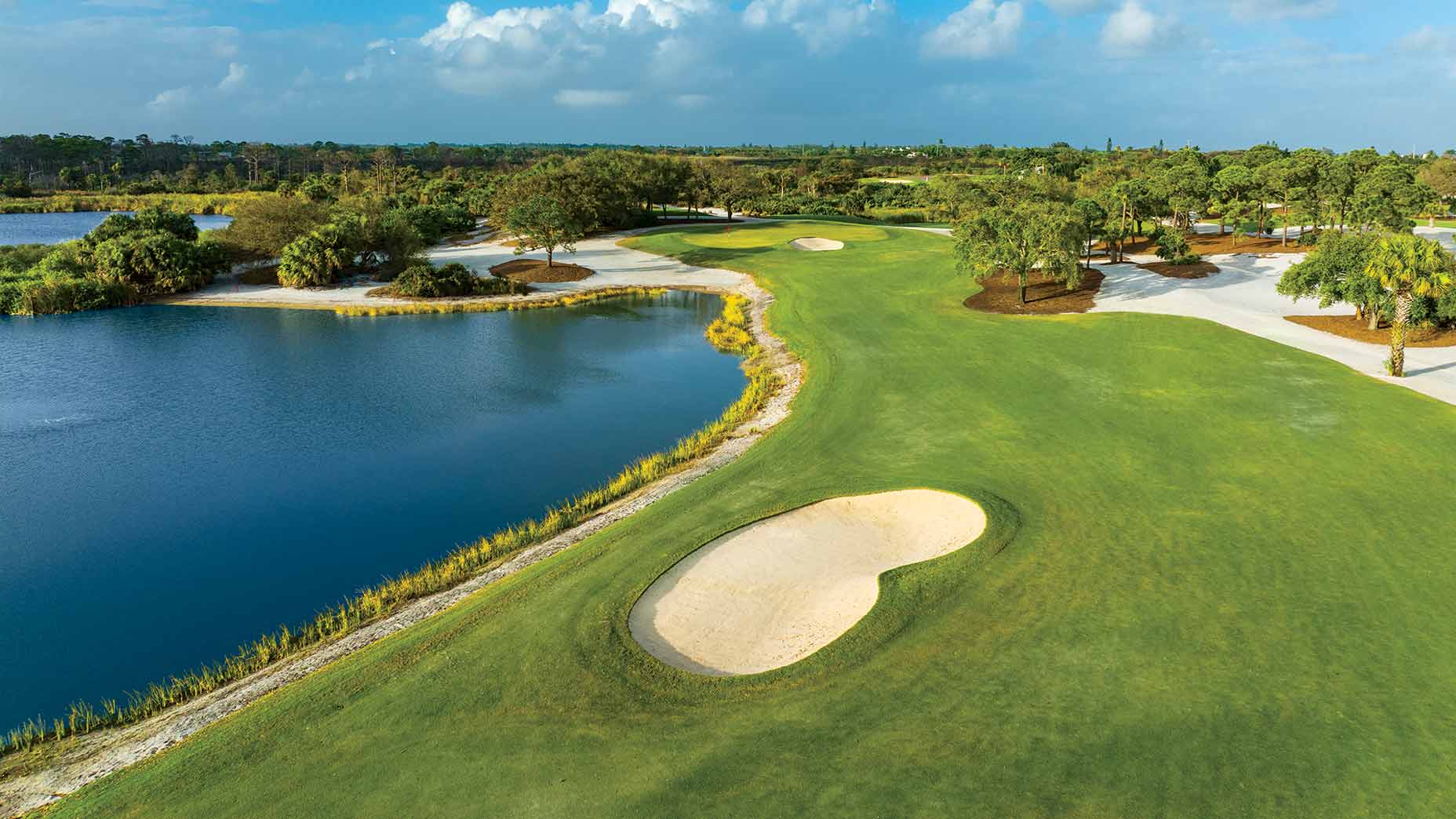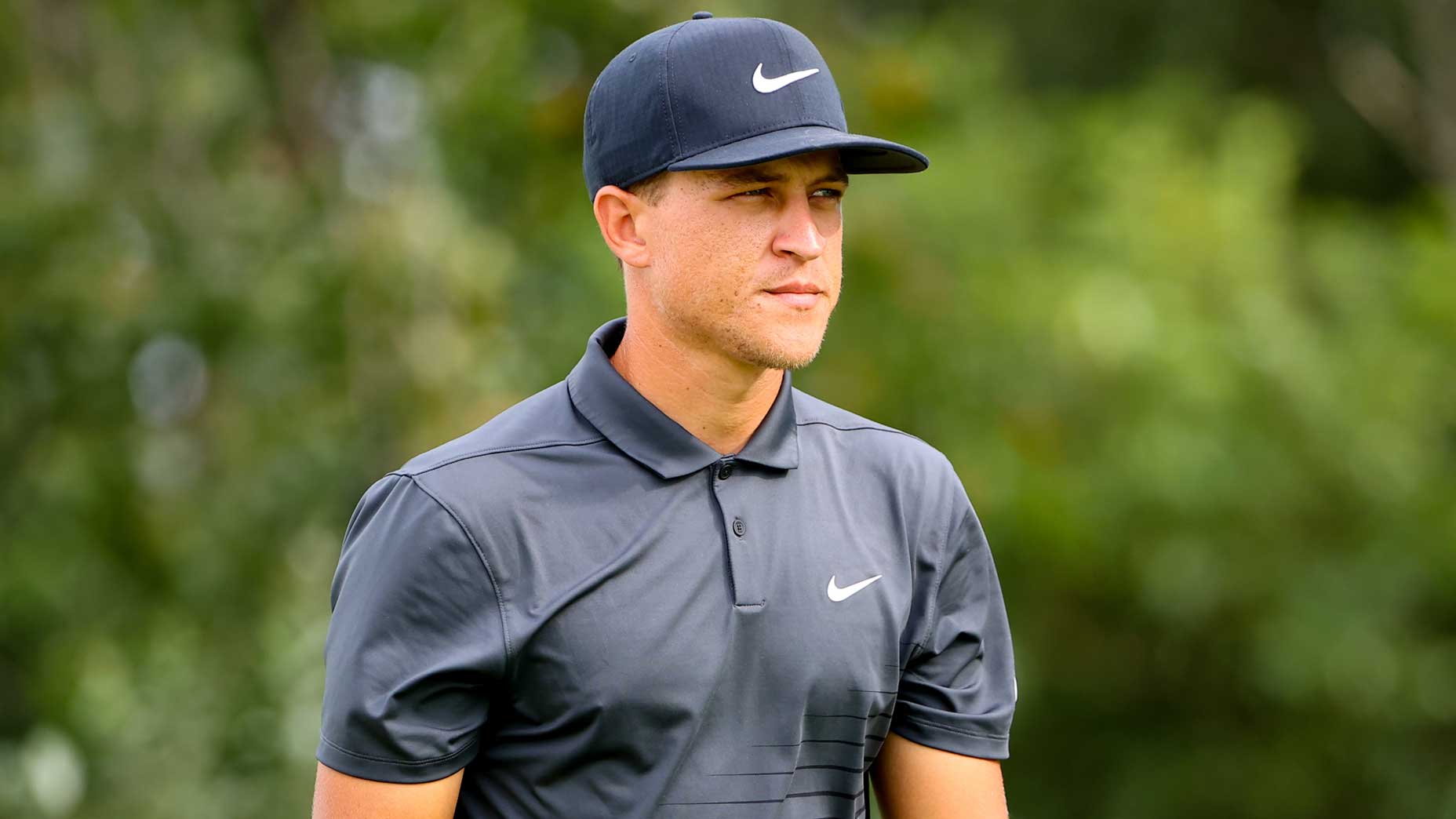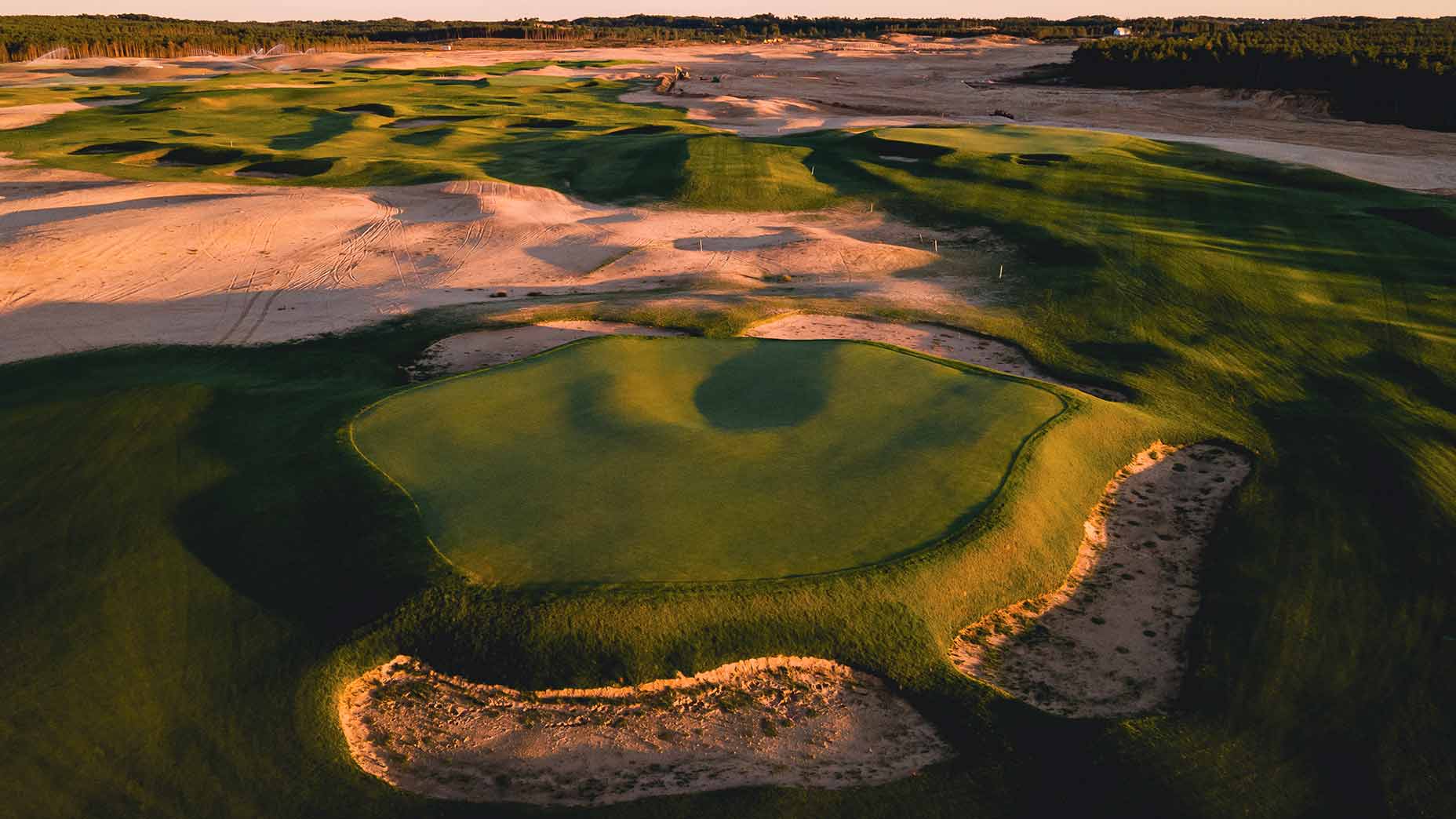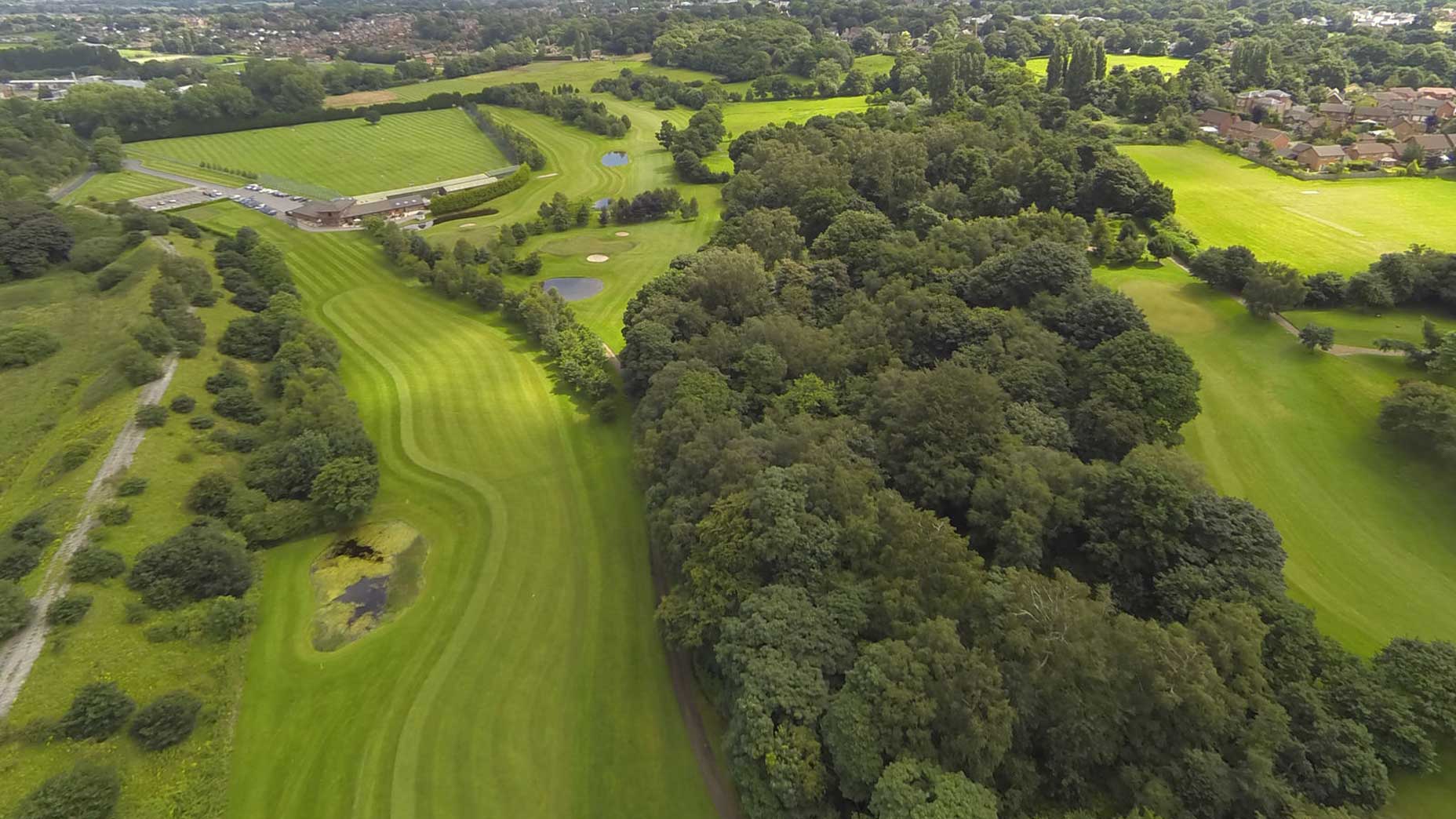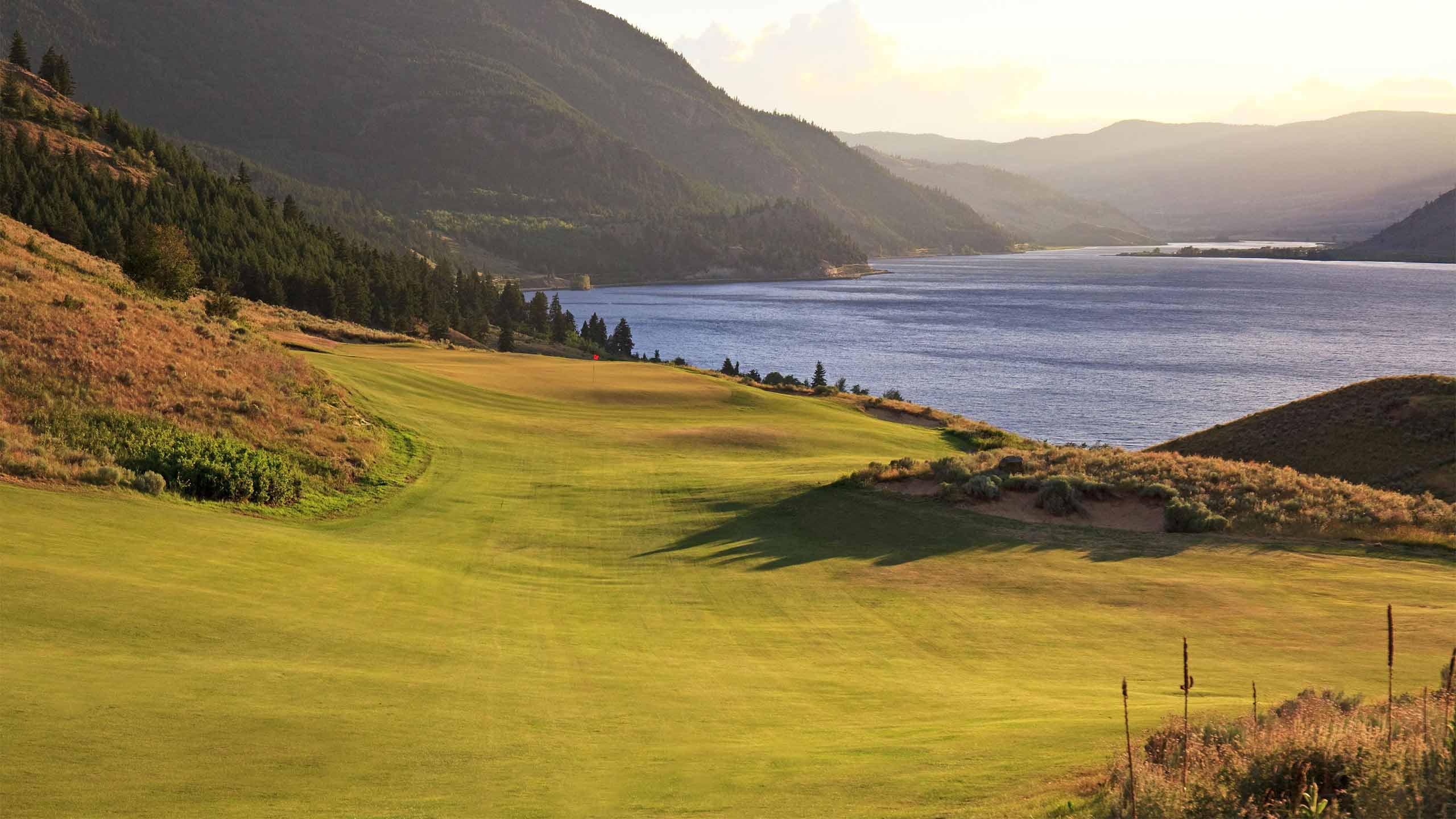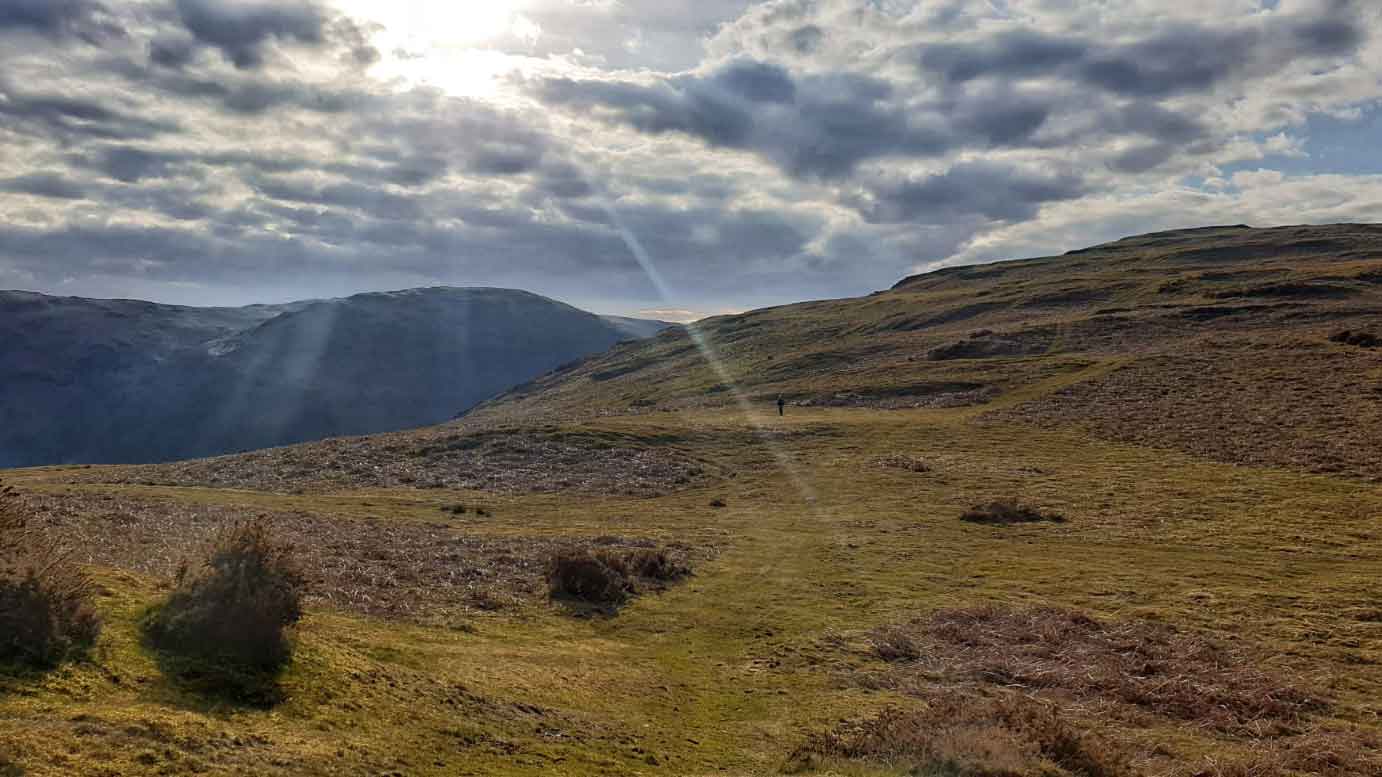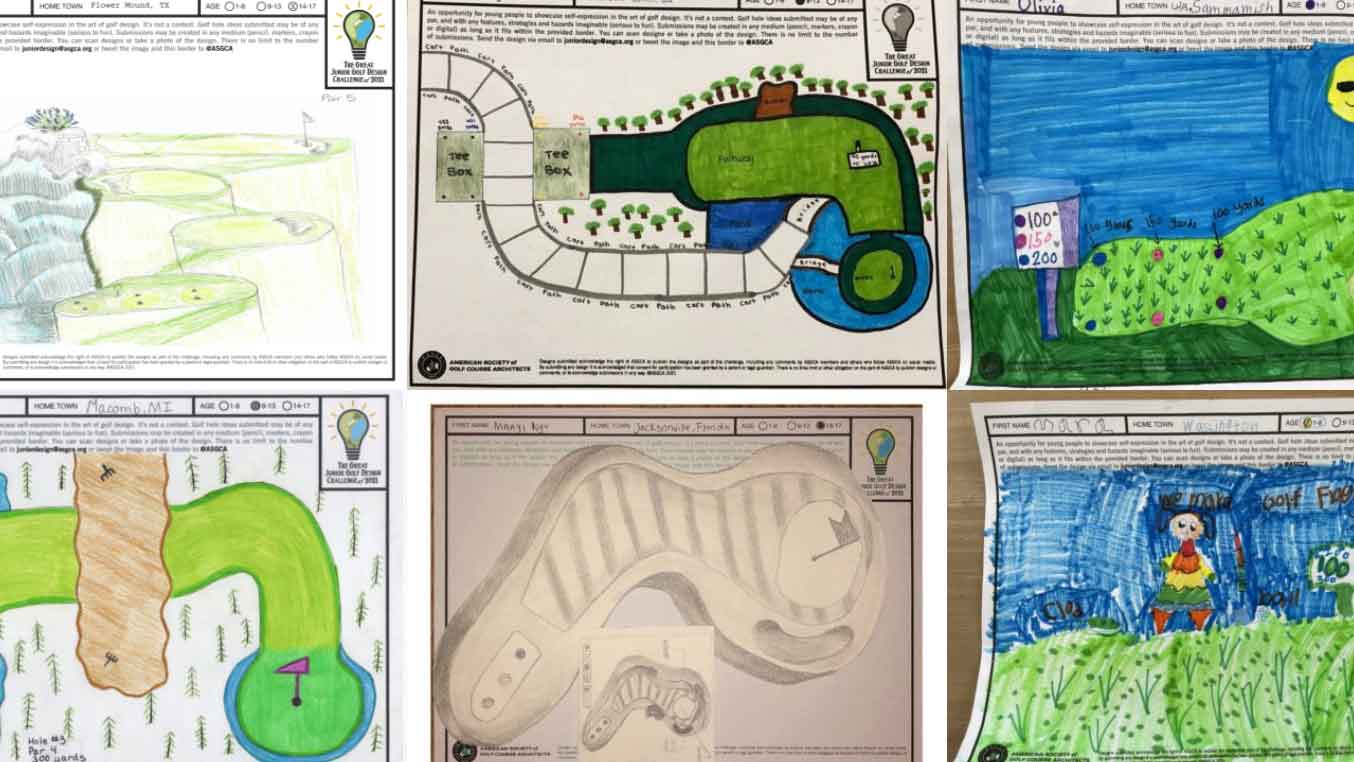What it’s like trying to build golf courses during the coronavirus pandemic
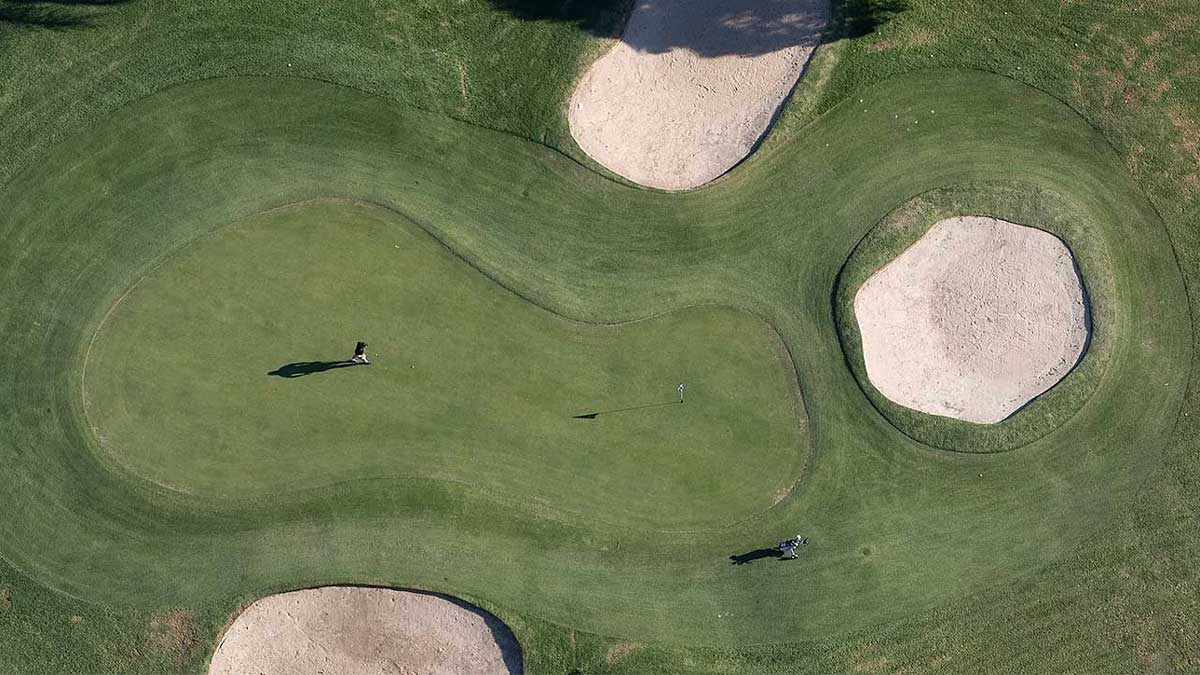
The coronavirus pandemic has forced many states to shut down golf courses.
Getty Images
How does the state of course design today differ from 2008, the last time the global economy came to a grinding halt? I recently coaxed Tom Doak, sitting in his home in Traverse City, Mich., into talking about it. The good news is the two golf landscapes are very different. Back then, course construction was abundant, backed by cheap money. Some 400 courses at the peak were being built each year, many tied to real estate developments that would provide the golfers and an ongoing stream of dues and fees.
Today, Doak said, the developers are more serious and selective. It’s probably no wonder that that the current crop of top architects — Doak, Bill Coore and Ben Crenshaw, and Gil Hanse among them — have devoted followings. They are often backed by deep-pocketed lovers of the game, not real-estate companies counting doors, not strokes.
In the course of our conversation, I learned that Doak grew up not far from my first house in Stamford, Conn., and that he credits the muni in the northern part of the city, Sterling Farms, for his interest in golf. “Sterling Farms opened when I was 10,” he said. “It was a mile from my house. Without that course, we wouldn’t be talking now.”
Here’s an edited version of my conversation with Tom Doak.
When did you know the 2008 financial crisis was going to be bad for golf?
We were at this annual event I host, called the Renaissance Cup. Each year we go to a different one of my courses and invite people from the golf business, but also clients, people with money, people in the finance industry. By Sunday, they were in shock.
What happened to your design projects?
Business had been booming for us. We’d come off some highly regarded designs. [Pacific Dunes opened in 2001, Ballyneal in 2006, and Rock Creek Cattle Club in 2008.] We were going to start five new courses the next year, and I was afraid it would be hard to keep track of them all. I’d never done more than three in a year before. None of those courses ever happened. Three of those clients never talked to me again. The only one with any life was in the Dominican Republic. The last time I was in Sand Valley, in January, the guy called me from the Dominican Republic. I thought at the time, man that is a bad omen, but I didn’t think about it in this way.
How does this time compare to then?
We’re as booked up now as we were then. But then in 2008, 2009, and 2010, the only thing we were building was Old Macdonald, the fourth course at Bandon. We’d built 9 holes there in the winter/spring of 2008. Most of my business is not housing development golf courses. I’m not a player, so my name is worth nothing for real estate. But in 2006, 2007, I was getting calls from real estate developers. Those five projects that disappeared all had a real estate component to them. We were also doing another course in Bend, Oregon, called Wicked Pony. They were financing the thing with short terms loans from the bank, unbeknownst to me. That completely stopped. We had 9 holes grassed, the other 9 holes we were putting in the irrigation. They tried to maintain the holes with grass on them for six months, but they couldn’t get money anywhere. I got notes from the bankruptcy court for five or six years. They owed one big contractor a lot. The rest of us got nothing.
What did that time feel like?
I knew Old Mac was the only thing we had going on or potentially had going on. Mike Keiser thought seriously about stopping the construction. I said I understand that, you can do that, but I’ve got no other work. We went through and finished the golf course. Things were slow in Bandon for a year and a half. I knew employees from building Pacific Dunes. They held on for a year, year and a half of lean times.
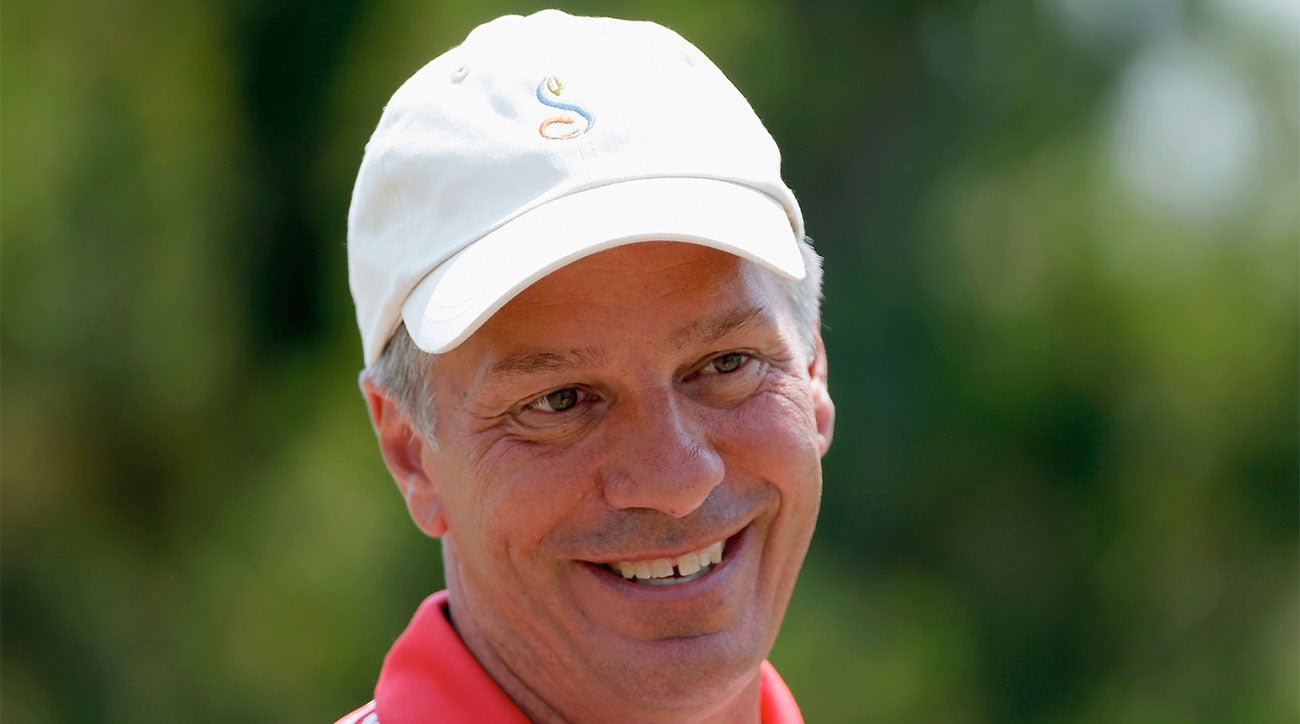
Did 2008 change the way you do business?
I’ve always understood how fragile our business is. I don’t want to be a big architect and sign up for 15 courses. At that level your staff is doing all the work. Twenty years ago, Rees Jones said I’d love to do two courses a year, but sometimes you lose 30 percent of them and 30 percent can be two. Sometimes, we have one or none — one is fine, but none isn’t so great. It’s why we’ve stayed in the consulting business. A lot of places where I consult are great golf courses. They want to know that everything is going to be fine. Or if it’s okay that Adam Scott hit a 9-iron into a par-5 last year. I tell them, “It’s okay, he doesn’t pay dues there.”
The coronavirus came upon the world quickly but the economy has been booming for a decade. Was this a similarly frothy time for course developers?
It hasn’t been a boom time. For a couple of years, they’ve been cautious, much more so than they were in 2008. They appreciated that it was fragile. They were a little more sober about what they were doing. The upside of the last few years was the people building golf courses were in it because they wanted to do something great. In 2005 and 2006, there were 400 new courses being opened in America. Since 2008, it’s been eight or 10. Most of our work has been overseas. It’s one thing to hop in my car and drive to Sand Valley. It’s different to have projects in New Zealand and Ireland and the Dominican Republic — it doesn’t feel that safe to get on a plane right now.
Your course at Sand Valley is still going forward with a 2022 opening date. Any others?
Our one project under construction when this started was in Ireland. We’re pretty far along. We were trying to get a few more holes done to start seeding. But then the travel restrictions came into place. The guys are in a tight group and spend a lot of time together, so they’re probably not at risk. We feel like we could be working. But they can’t do it. At Sand Valley, for me it’s what will the government let us do? Michael [Keiser, son of Mike Keiser] has one guy out there doing the clearing work. We were hoping right about now we’d start shaping up some of those holes that are going to be cleared. It’s hard to make any plans because next week is going to be different.
We’re living through a pandemic that has had an unimaginable health and economic impact on the United States and the world. How does golf look when this is over?
I try to be realistic. I’m more pessimistic in general than most people in our business. Golf course developers are the most optimistic people in this business or they wouldn’t be in it. You’re spending all this money and the returns are in 10 or 20 years. After 2008, people asked me when will we get back to 400 courses a year? I said, never. They borrowed ahead and built the courses they needed to build now but also for 10 years. That’s why so little has happened since. I’m also optimistic. There aren’t that many projects being built but the people who are doing them can afford to do it and they want to build something really cool. That’s my niche. If it’s one course instead of three, that’s fine. But right now, we have to sit on our hands. I’d love to just get in my car and drive to Sand Valley.



